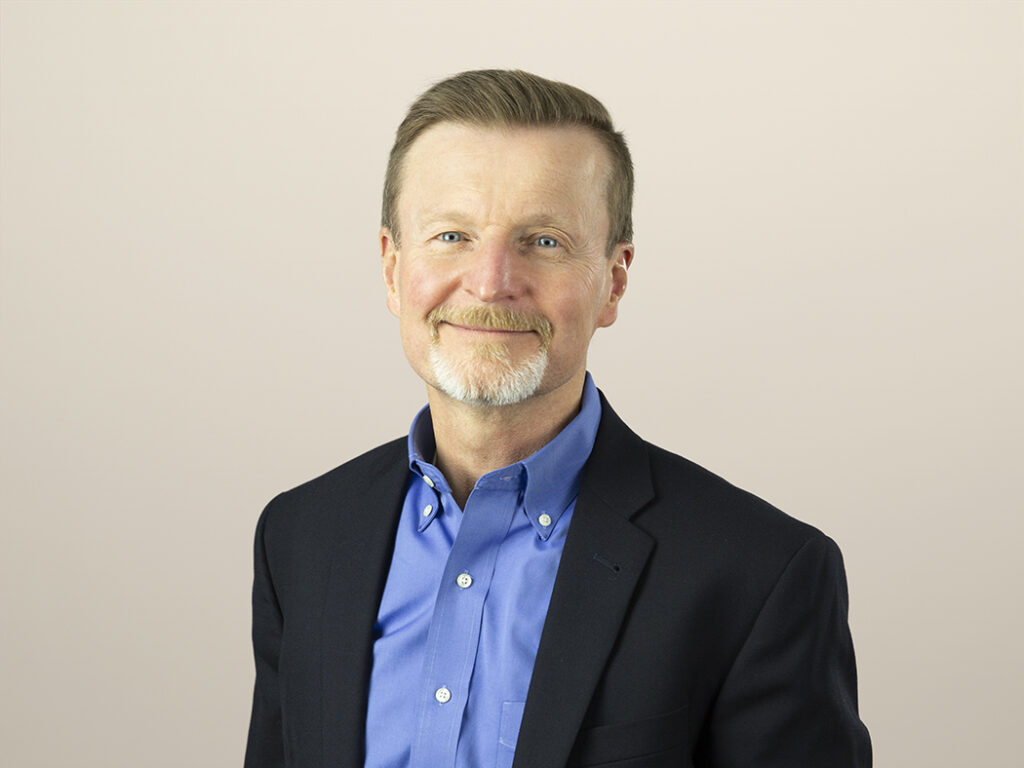The Path To Customer Experience Differentiation
In a previous post, I wrote about speakers at Forrester’s Forum For Customer Experience Professionals EMEA who represented companies in the repair phase of customer experience (CX) maturity. Their mission: find broken experiences, fix them, and measure the results.
Roughly half of companies on the path to customer experience maturity say that they’re in the repair phase today — and that’s probably a conservative estimate. But there are companies at more advanced stages of CX maturity, including a few in the most advanced phase, differentiate. That’s where firms reframe business challenges in the context of unmet customer needs, connect innovation ideas to their customer experience ecosystem, and infuse innovations with the brand.
We had two speakers at our event who represented companies in the differentiate phase: Dean Marshall, director of Lego brand retail store operations Europe, and Declan Collier, CEO, London City Airport. What is it that their organizations do that’s so different?
Lego stores goes beyond even the typical design best practices used by companies in less advanced (but still pretty advanced!) phases of CX maturity, practices like ethnographic research and co-creation. How? By combining the two.
As part of an effort to improve its in-store experience, Lego brought customers, researchers, and designers together in their stores. They first interviewed customers on camera, a fairly typical qualitative research technique. Then during subsequent idea generation sessions with those same customers, CX experts referred back to the videos for clarification when seeming contradictions arose.
That way, when a customer suggested something that seemed to run contrary to opinions or preferences they’d expressed earlier, the Lego team was able to play back the interviews and get clarification on the spot. This approach allowed Lego to iterate ideas rapidly with its customers, moving closer to experiences that engage and inspire both parents and children in a greatly reduced amount of time.
In contrast to Lego’s high-touch approach, London City Airport is taking a high-tech route by leveraging new capabilities made possible by the Internet of Things. Declan Collier described the airport's project called “The Smart Airport Experience,” which uses monitoring technologies to assess passenger journeys through the airport.
Here’s how it works: Cameras feed video of passengers moving through the airport to smart systems that can distinguish between a human, a bag being carried by a human, and a bag on a luggage cart. The system then graphs the flow of all of these people and things as they move through hallways. Declan showed a video of the system in action that had us all pulling out our smartphones and tablets to snap pictures — right after we all pulled our jaws up off the floor, that is.
Capturing and analyzing that data is just the first phase of the project. In subsequent phases, the output from this system will let passengers better manage their own airport experience by using smart apps that let them check the status of lines at security and also do things like manage preferences and preorder food.
As amazing as all of this is, you might be wondering how it’s relevant to your business. Perhaps you’re even a little intimidated. But there’s a lot that other companies can learn — and apply! — from the examples of Lego and London City Airport.
- First, emulate their approach to arriving at differentiated solutions, not the solutions themselves. Too often, organizations see the end result of a customer experience strategy, whether it’s a Genius Bar at an Apple store or a mobile app offered by a competitor, and simply copy it. Bad idea: You can’t copycat your way to differentiation.
- Remember that customers often lack self-awareness about their real motivations. It’s your job to uncover their unmet needs, not only by asking them but also by studying their actual behavior and involving them in the creation of a solution. That will enable you to design solutions that really are solutions, not just a response to a well-intentioned but naïve customer wish list.
- Get out your checkbook. When we study companies that differentiate, we see a level of commitment that leads them to fund efforts like the ones at Lego and London City Airport. That’s because their executives know that they can’t gain a competitive advantage through superficial efforts that whitewash the same old experience.
